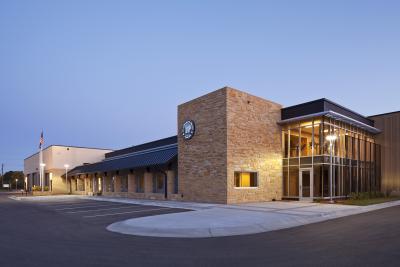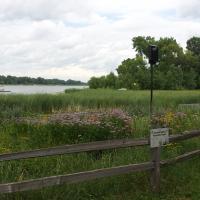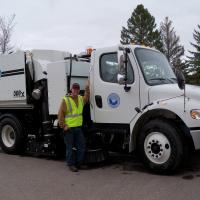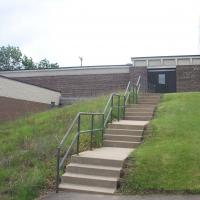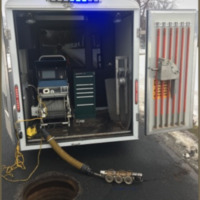- Community
- Services
-
Your Government
-
Column 1
- Agendas and Minutes
- Mayor & City Council
- Boards & Commissions
- City Charter
- City Projects
- City Calendar
Column 2
Column 3
-
Public Works
The White Bear Lake Public Works Department takes care of all the behind-the-scenes equipment and structures that form the physical backbone of the City. Public Works employees are charged with daily operation and maintenance of this infrastructure, which includes the City's streets, storm and sanitary sewers, parks, walking paths, sidewalks, water mains, hydrants, pumping stations and wells.
The City's Public Works Building (pictured here) was constructed in 2010. The facility boasts solar panels and a living green roof in which plants help absorb water run-off while preserving the roof's lifespan.


